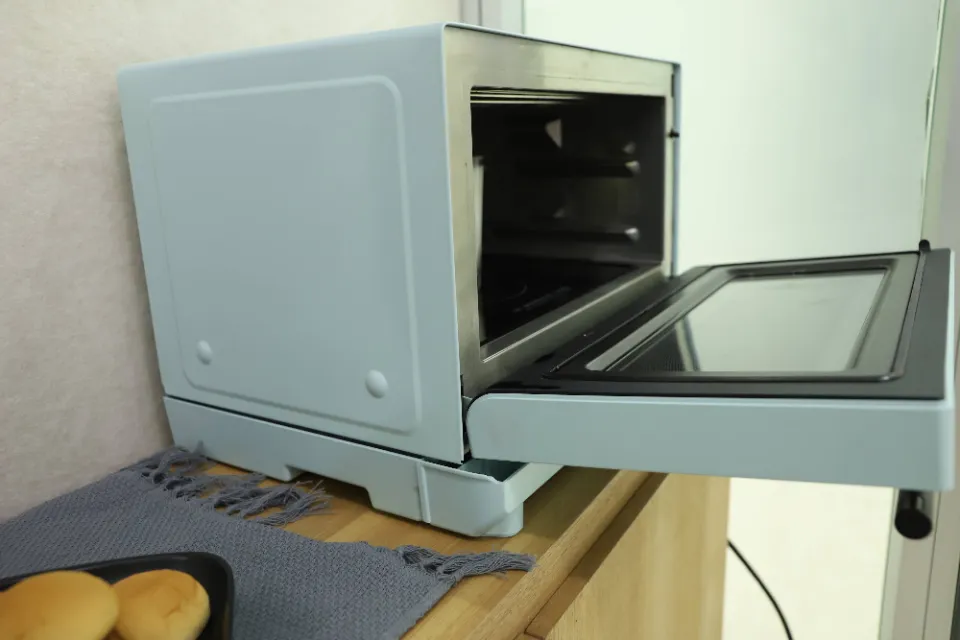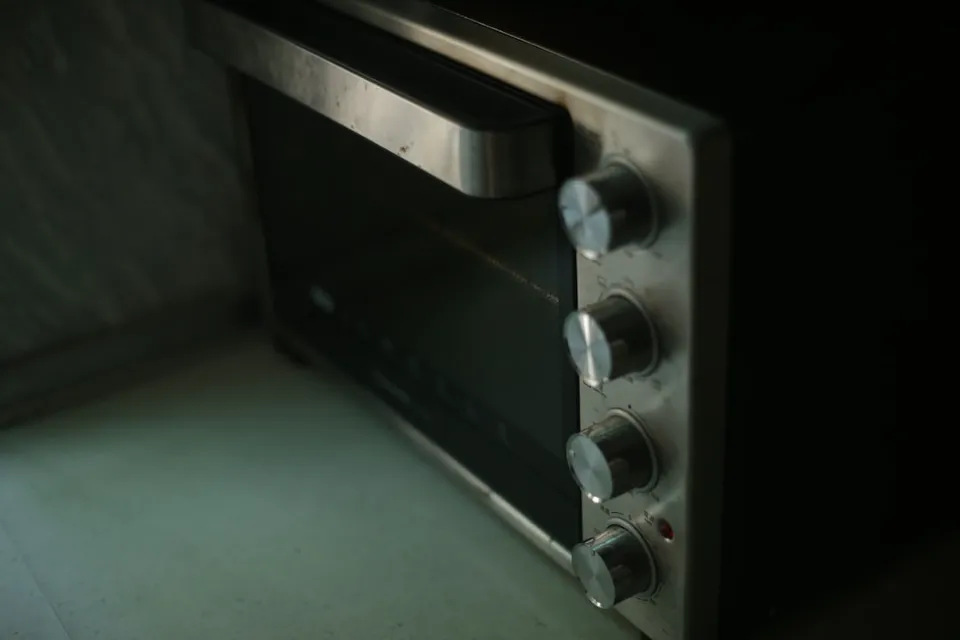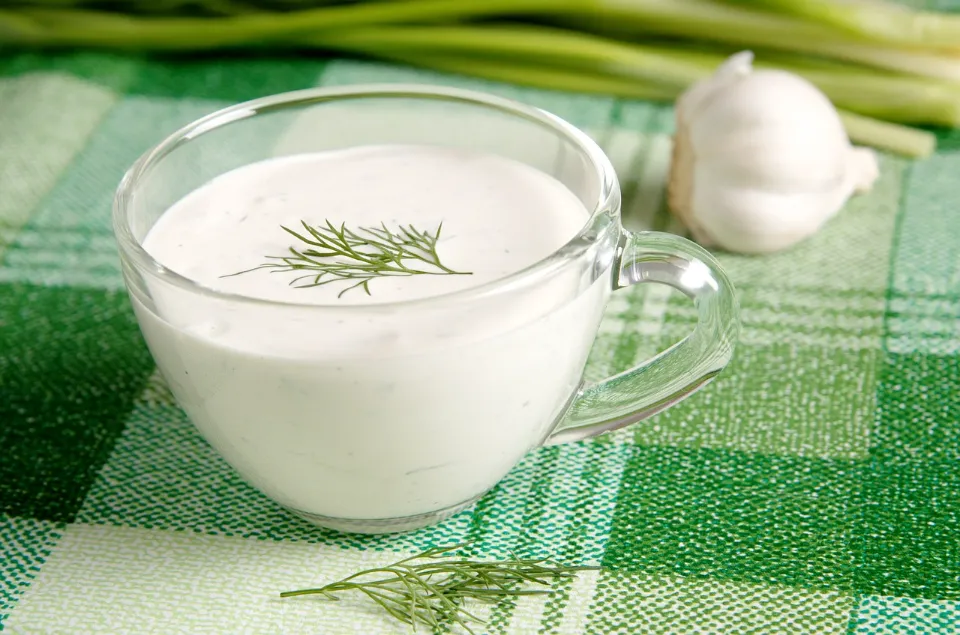Does the microwave kill bacteria? Actually, how much do we know about microwaves? How do they work? And are they the ultimate answer to food safety?
When heated to a safe internal temperature, microwave ovens will kill bacteria in food, saving you a lot of time.
Overall, the answer to this question is maybe. Read on to learn more about microwaving, coronavirus, and safe food practices during the pandemic.
Does a Microwave Kill Bacteria?

Food can only be penetrated by microwaves by a maximum of 2 cm (1 inch). So microwaving becomes dependant on the size, shape and nature (liquids/solids) of the food you are reheating.
Read More: How Does A Microwave Oven Work – Complete Guide to Use It in 2023
Does the microwave kill bacteria by default?
No. Not in the way you would expect it to.
Surprisingly, the majority of people believe that a microwave cooks from the inside out. Simply put, this is untrue.
The way a microwave cooks is actually from the outside in. i.e., the surface of the food cooks before the interior does.
As a result, there are cold spots where bacteria can survive the heating process. When using the microwave oven’s defrost setting, this is especially obvious. While the interior core is still frozen, the surface can cook.
But if heated properly, just like in any oven, bacteria can be easily killed. This entails frosting foods completely and cooking them for the recommended time.
Viruses vs. bacteria
Unlike bacteria, viruses cannot grow (replicate) inside of food. They are parasites that reproduce only when a living host cell is present.
Because of this, we focus on viruses that are present on the outside of food as opposed to the inside of food. Studies have evaluated how long SARS-CoV-2 can be found on various surfaces, including some common food packaging materials:
- plastic: between 3 to 7 days
- cardboard: up to 24 hours
- glass: up to 4 days
- paper: up to 4 days
According to the CDC, no cases of COVID-19 have been reported due to handling of food or food packaging. While disinfecting foods or food packaging is unnecessary, always wash your hands after handling these items and before eating.
Can the Microwave Kill Bacteria from a Dirty Compartment?
If we look at how the microwave works, then NO.
The walls of the microwave don’t heat up to a temperature that would kill bacteria. This implies that you should keep your microwave tidy. Any food spills should be cleaned up right away, especially any meat-related blood spills. Essentially using the clean-as-you-go method.
Studies have shown that both E.coli and Salmonella can survive inside the microwave. This study claimed that microwaves can actually be microbial hotspots.
Using a microwave in public or open spaces can be dangerous in addition to the dangers on the inside of the appliance. The microwave oven handle has been shown to be cleaned less frequently than anticipated, particularly in offices and retail establishments. putting cross-contamination at a high risk.
How Do You Lower the Risk of Using the Microwave Oven?
Realistically speaking, there is very little chance that the food you are reheating will be contaminated by food splatters. Particularly filthy microwaves are likely to contain dried food particles, which make it extremely difficult for bacteria to survive.
Remember bacteria need an ideal ambient temperature, nutrient source and moisture to grow and survive. Food splatters do have a tendency to become dry in the microwave.
So there can be very little risk if:
- Food is put on a plate away from a glass surface.
- These foods are covered before reheating, cooking etc.
- In shallow containers, liquids are put.
- Before attempting to reheat food, it should be fully defrosted.
The handles and buttons should also be cleaned with a detergent and sanitizer, and any food splatters inside the compartment should be removed. Similar to other high-risk machinery, the microwave needs to be handled with care. Clean-as-you-go should adhere to this principle.
And if you find that food has become hardened due to frequent splashing, you might try adding a cup of cold water to your microwave and running it on high for three minutes to create steam, which should make the food particles easy to wipe off. By using this technique, you can avoid using abrasive cleaners that could damage and scratch the microwave’s surface.
Always follow the cleaning and sanitizing instructions provided by the chemical supplier when cleaning a commercial kitchen. Use of a surface sanitizer and multipurpose cleaner are among the standard chemicals.
Is It Safe to Order and Eat Takeout Food?
The pandemic has hit the restaurant industry particularly hard. Therefore, ordering takeout from your preferred restaurant is a fantastic way to support them at this difficult time. However, you may be wondering if ordering takeout is safe.
Most SARS-CoV-2 transmission occurs in the air. When a person with the virus coughs, sneezes, or talks, respiratory droplets are created that can be inhaled by others. As a result, ordering takeout is generally low-risk.
Takeaway

Bacteria, viruses, and other types of germs can all be killed by microwaves. SARS-CoV-2 is capable of being infected in this way, though the power and timing requirements for doing so are still unknown.
Additionally, keep in mind that the power and efficiency of microwaves can vary. As a result, certain portions of the food may still contain germs.
In general, there is very little chance of getting COVID-19 from eating food or handling its packaging. To avoid contracting a foodborne illness, it is crucial to always practice good food safety procedures.
FAQs
Can Bacteria Survive Microwave?
In a conventional microwave oven with the right modifications, research has shown that representative fungi, viruses, and aerobic and anaerobic bacteria, including spore formers, can be easily destroyed.
Does Microwave Kill Bacteria in Food?
When heated to a safe internal temperature, microwave ovens will kill bacteria in food, saving you a lot of time. However, because they can have a haphazard shape or a range in thickness, foods can cook inequitably.
How Long Does It Take a Microwave to Kill Bacteria?
The Centers for Disease Control and Prevention (CDC) states that household microwaves (2.45 GHz) can kill some types of viruses and bacteria in 60 seconds to five minutes, though more disinfection happens with higher-powered microwaves.








